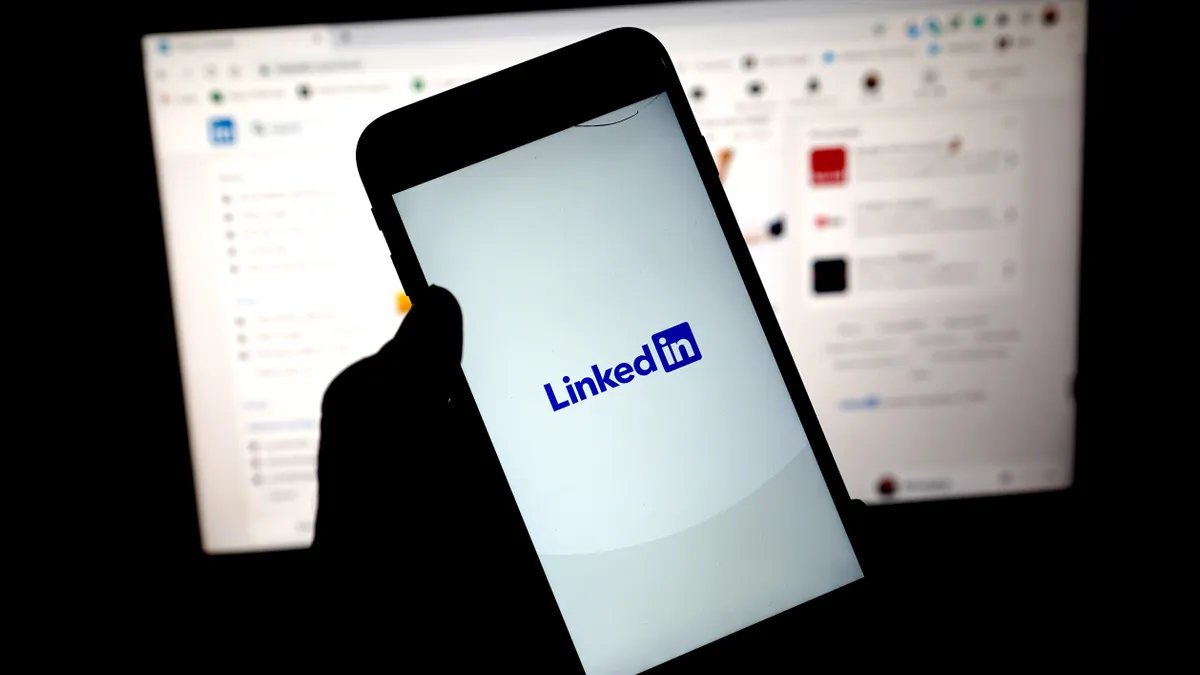Dive Brief:
- An experimental study of LinkedIn user interactions and job mobility found that “weak ties” between two LinkedIn users increased job mobility and that the weakest ties between users had the greatest impact on mobility, according to an abstract of the study published Sept. 15 in Science Magazine.
- Researchers drew data from “multiple large-scale randomized experiments” of more than 20 million users over a five-year period utilizing LinkedIn’s “People You May Know” algorithm. Weak ties increased job mobility, but only to a point, per the study. Weak ties also increased mobility in more digital industries, whereas strong ties increased mobility in less digital industries.
- Writing in a perspective paper published in the same issue of Science Magazine, Northwestern University professors Dashun Wang and Brian Uzzi said that the LinkedIn study’s data “bear out the power of weak ties but raise questions about the implications of human connections for success and failure.”
Dive Insight:
The study’s findings drew a number of reactions from members of the academic community, specifically in the field of sociology. But they also may hold significance for HR professionals.
Researchers in the LinkedIn study made use of a theory in social science posited in a 1973 paper by Mark Granovetter, a renowned sociologist. In the paper, Granovetter proposed that information is diffused at a greater scale when passed between people who are weakly connected rather than strongly connected.
According to Wang and Uzzi, a number of previous studies cited scholarship on the strength of weak ties to explain findings about in-person and online social networks, but “the theoretical foundations had yet to be put to a causal test.” The LinkedIn study serves as such a causal test, the professors wrote.
Other observers questioned the ethics of the LinkedIn study. In interviews with academic sources, The New York Times reported that some reacted to the study by asking whether users were properly notified that their interactions would be examined as part of the research. The outlet also cited statements from both LinkedIn and Science Magazine stating the study was conducted within the guidelines of LinkedIn’s user agreement.
That LinkedIn connections were the subject of the research adds another degree of relevancy for HR; 44% of recruiters in a recent Clinch and Talent Board survey said they used LinkedIn messages to proactively search for and contact candidates, and nearly half used LinkedIn posts to attract and engage candidates.
The findings also may provide more context around referral programs, which many employers have relied upon to fill open positions in a scarce talent market. Employers have turned to referral bonuses and rewards, among other initiatives, to address their talent concerns, according to the results of HR Dive’s 2022 Identity of HR survey.













